Fitness
It is reported that over the last 20 years, rates of obesity have increased markedly leading to talk of overweight and obesity as a “pandemic.”
Research facts suggest by the year 2020, 80% of all Australian adults and one third of all children will be overweight or obese.
Most of us are aware that fitness is important and that being fit is good for you.
So, what is fitness? Basically, physical fitness is having the energy to perform your daily activities with enough energy left at the end of the day to enjoy your leisure time.
To improve fitness for health and longevity we need to consider the following five areas;
- Cardiovascular fitness
- Muscular endurance
- Muscular strength
- Body fatness
- Flexibility
Cardiovascular fitness is the ability of the heart and lungs to supply the body with oxygen needed to convert food into energy. It also reduces the risk of coronary heart disease.
Muscular endurance is the ability of the muscles to work continuously with less fatigue. It also improves the muscle tone.
Muscular strength helps protect the joints from injuries and allows daily activities to be performed without undue strain on the muscles.
Body fatness (composition) means maintaining a certain level of body fat is important, not only for appearance but also to help reduce the risk of heart disease, cancer and high blood pressure.
Flexibility helps prevent postural defects and back problems in later life due to lack of muscle elasticity. Regular stretching improves flexibility.
Exercise
Exercise is an essential part of your weight loss and body shaping programme.
Exercise will improve the health of your heart and lungs, regulate your desire for food and speed up your weight loss.
Regular exercise greatly improves our moods because it stimulates the brain’s production of endorphin chemicals which are natural anti-depressants.
Your exercise routine should be done every day and if it is difficult to get out of the house, you can do your exercise at home while listening to stimulating music.
If you fall into the very overweight range, the best exercise to start with is gentle swimming or walking. As you lose weight, more strenuous exercises such as aerobics or jogging can be started.
Exercise deficiency
Leading a sedentary lifestyle is a major risk factor for several diseases, including obesity, diabetes and heart disease.
Regular physical activity helps to keep you lean, and improves blood sugar control, thereby reducing your risk of developing Syndrome X and diabetes.
If you are overweight and have not been physically active for some time, it is best to consult with your health care worker before embarking on any new exercise program.
If you don’t get adequate daytime physical activity, sleep might not come easily. Generally for insomniacs, exercise needs to be regular, long-term and adequate – and primarily in the early part of the day.
Exercise excess
For poor sleepers, exercising vigorously in the evening can be too stimulatory and delay sleep.
Try to have a ‘wind-down’ period before going to bed, particularly if exercising late in the day, and take a magnesium supplement before bed to promote restful sleep.
Here are some reasons to get moving!
Exercise speeds up your metabolic rate; helping you to lose weight more easily. It:
- Lowers your resting heart rate
- Improves your circulation
- Helps to normalise your blood pressure
- Improves your cholesterol levels
- Enhances the function of the immune system
- Improves insulin sensitivity
- Increases muscular strength, stamina and endurance
- Improves flexibility,
- Lessens anxiety and depression
- Promotes sleep
Here are some examples to get you started
Abdominal Curls
Lie on the floor with your knees bent. Curl up and touch the top of your knees. Keep your chin tucked into your neck. Hips remain on the floor. Slowly return to floor. Do not throw your head and shoulders up, pull with your abdominals.
Side Leg Raises
Lie on your side as shown, lifting your top leg to about 45° and lower it down again. Flex your foot, i.e. pull your toes towards your shin, turn your foot down with your big toe towards the floor.
Abdominal Obliques
Lie on the floor with your knees bent. Place one hand on the floor next to your body and the other hand behind your head. Slightly raise your head off the ground and move the elbow of the hand behind your head towards your hip.
Inner Leg Lifts
Lie on the floor as shown. Bend slightly at the waist while lifting your lower leg up and down.
Lower Abdominal Tucks
Keep your lower back pressed to the floor. Lie on your back and place your arms on the floor next to your body with the palms up. Bend your knees with your feet close to your buttocks. Pull with your lower abdominals, rolling your knees to your chest and lift your buttocks off the floor.
Hip Lifts
Lie on the floor with your arms next to your body with the palms down. Squeeze your buttocks and inner thighs. Slightly lift your buttocks and the lower part of your back while clenching your buttocks. Rotate your pelvis upward. Do not lift your back, and rest on your shoulders.
Triceps Extension
This can be done with your hands on the floor or on a step as shown, which will give a greater range of motion. Rest your body weight on your arms not legs. Press up and down bending your elbows. Keep elbows slightly bent in the top position.
Back Extension
Lie face down on the floor with your hands behind your head. Lift your torso off the floor and squeeze your buttocks. Lower your body slowly.
Push Ups
Rest on your hands and knees with your feet in the air as shown. Keep your body in a straight line throughout the movement with your hands placed 10–15 cm wider than your shoulders. Keep your head up and lower yourself to the floor. Don’t lie down and don’t leave your hips in the air. Press up to the starting position but do not lock elbows.
Calf Raises
Keep your knees and hips in a straight line. Press right up on the balls of your feet. Stretch your heels down as far as possible. Return to the stretched position and repeat. Don’t bounce.
Toe Taps
This exercise is simply pointing and flexing your foot as shown.
Side Arm Raises
Lift your arms from the side of your body parallel to the floor. Keep your upper arm in line with your body, forearms slightly forward and bend your elbows. Keep your elbows up and turn your thumbs slightly to the floor. Keep your arms in this position, lower them to your sides and repeat. Added resistance (weights) may be used.
Aerobic Exercise
Aerobic means ‘with air’. That is, breathing in air and oxygen continually to supply oxygen to the working muscles.
The activity needs to be continuous at an intensity that suits your fitness level.
To ensure the exercise is, in fact, aerobic, remember the word FITT.
Frequency: at least three times a week, five times is better.
Intensity: exercise at 65-75 per cent of your maximum heart rate.
Time: twenty minutes continuous is the minimum, 30 – 60 minutes is better.
Type: type of exercise; aerobic classes, running, swimming, cycling, brisk walking, cross-country skiing. Any activity that makes you huff and puff, and your heart beat strongly.
Aerobic Exercise and Body Fat
Aerobic exercise is an excellent way to lose body fat.
When exercise begins, the body uses it’s muscle glycogen (muscle food) stores first, keeping fat as a reserve fuel.
After twenty minutes the muscle food has been used so the body has no choice but to draw on it’s stores of body fat for energy.
Hence, the importance of doing continuous aerobic exercise for MORE than twenty minutes.
With aerobic exercise the heart and lungs become stronger, which reduces the risk of heart disease.
Fat particles may clog the inner walls of the arteries leading to the heart, with the possible result being a heart attack.
In aerobic exercise the blood rushes through the arteries at speed, carrying away fatty particles for elimination.
IF YOU DON’T USE IT – YOU LOSE IT.
Muscles need to be used. They need to be contracted to keep them strong, toned and healthy.
When we use our muscles they become firm and shapely. When we don’t use our muscles they become soft and flabby.
Tip: Maximum heart rate is calculated by subtracting your age from 220
Stretching
Stiffness is a lack of suppleness or mobility and gradual stiffness is part of the ageing process. This process can be slowed by regular stretching.
A fit healthy body has strength and stamina, suppleness and stability.
The aim of the stretching exercises shown below is to improve flexibility and promote relaxation by stretching of the major muscle groups.
Remember to keep your breathing soft and rhythmic and with every outward breath relax your body more and more.
Over stretching causes the muscles to shake, so relax the stretch and start again. If a position is painful to you, don’t do that particular stretch. Each stretch should be held between 10 and 20 seconds.
Take your time and enjoy!
FOLLOW THE DIAGRAMS CAREFULLY BELOW:
Back extensors
Curl into a ball.
Quadriceps
Hold your left foot with your right hand and vice versa using the free hand to balance if necessary.
Buttock Stretches
Keep both buttocks on the ground with your back straight. Press against your knee as shown while turning your leg away from your body.
Hamstrings
Keep your lower back pressed to the floor.
Shoulder
Pull your elbow across to the opposite shoulder. Hold your arm across your body with your thumb pointing towards the ground.
Latissimus Dorsi
With one hand over the other, stretch forward as shown. Hips in the air. Lean your hips towards the side to be stretched. Feel the stretch from shoulder blade to armpit.
Groin
Push your knees towards the floor. Don’t bounce.
Triceps
Place your hand behind your head and pull the elbow behind your head with the opposite hand.
Neck
1. Gently pull your chin to your chest.
2. Pull your ear to your shoulder.
3. With your right hand on your head, quarter-turn it to the opposite shoulder and vice versa. Repeat the above.
Biceps
Hold onto a door at arm’s length with your thumbs down. Turn your body away from the arm and let your shoulder roll in.
Pectorals
Place your elbows against a doorway and lean your body forwards.



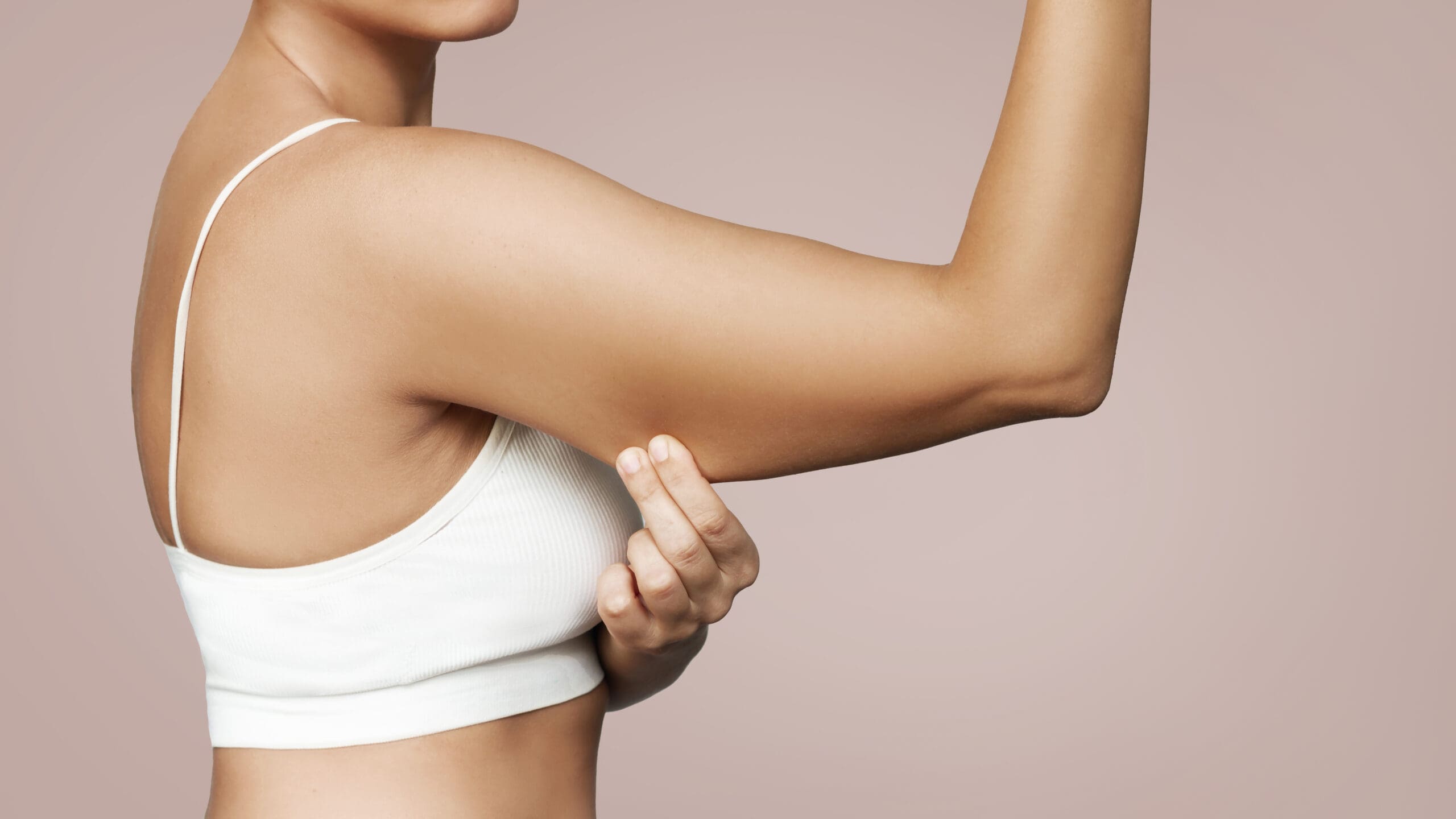
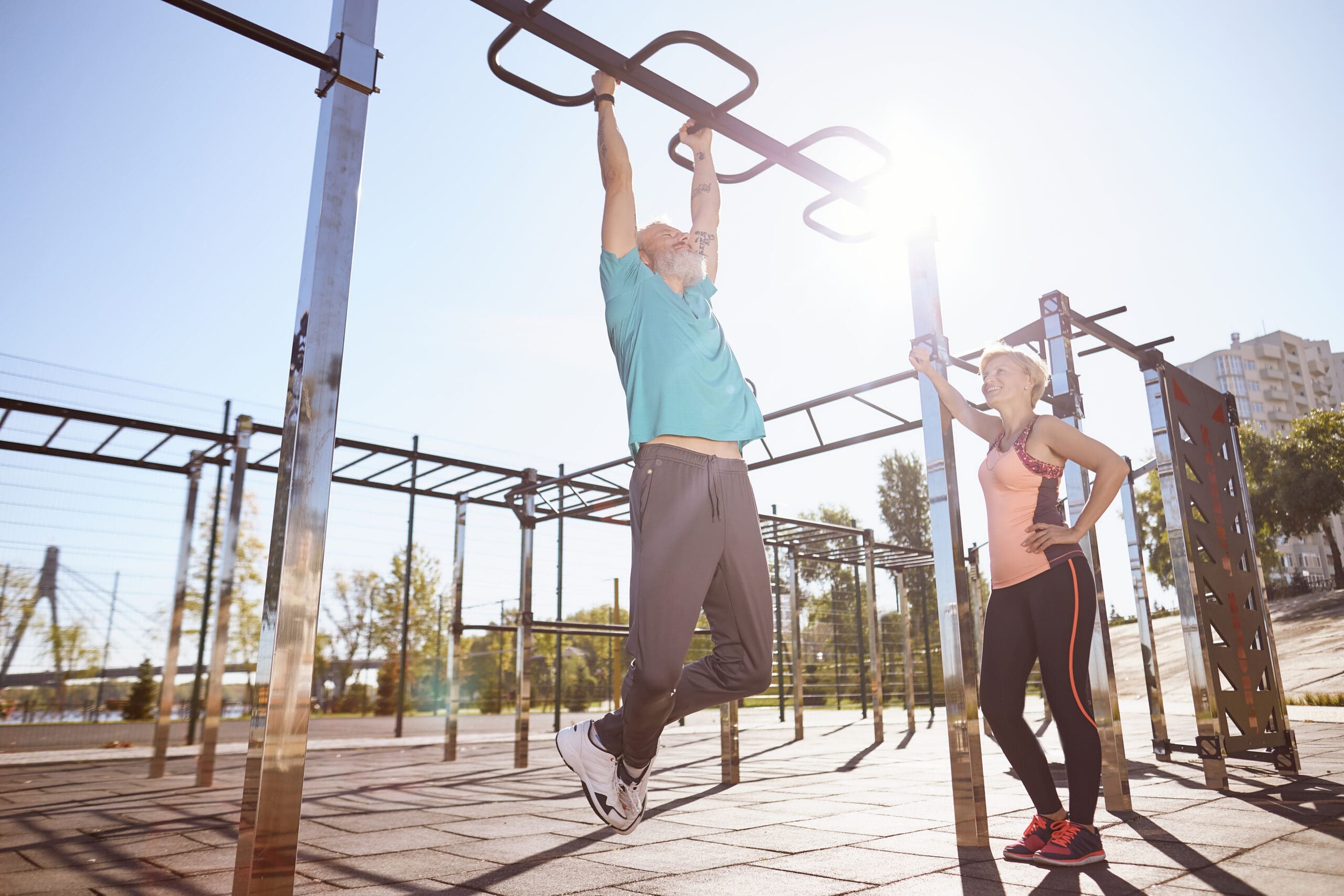
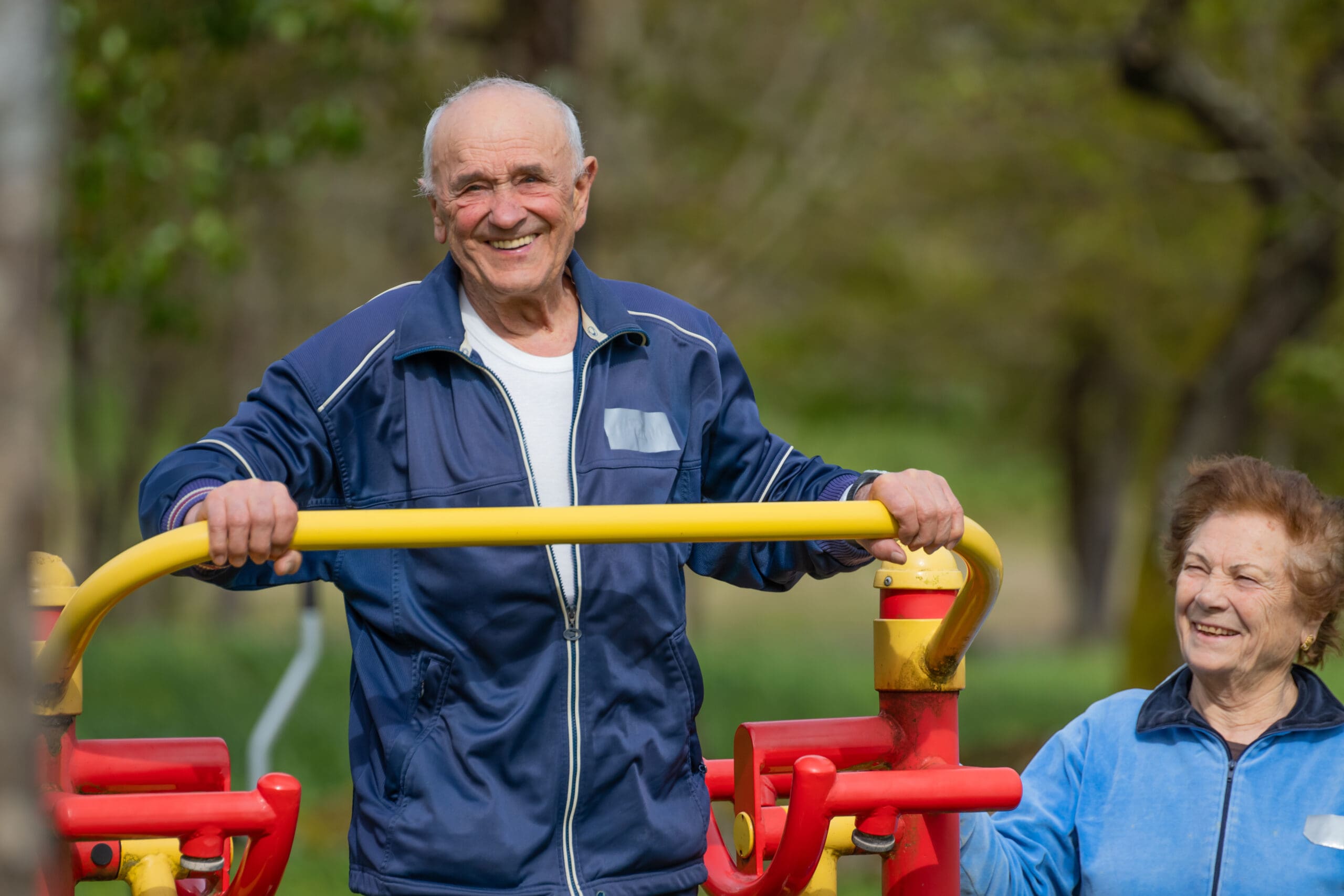
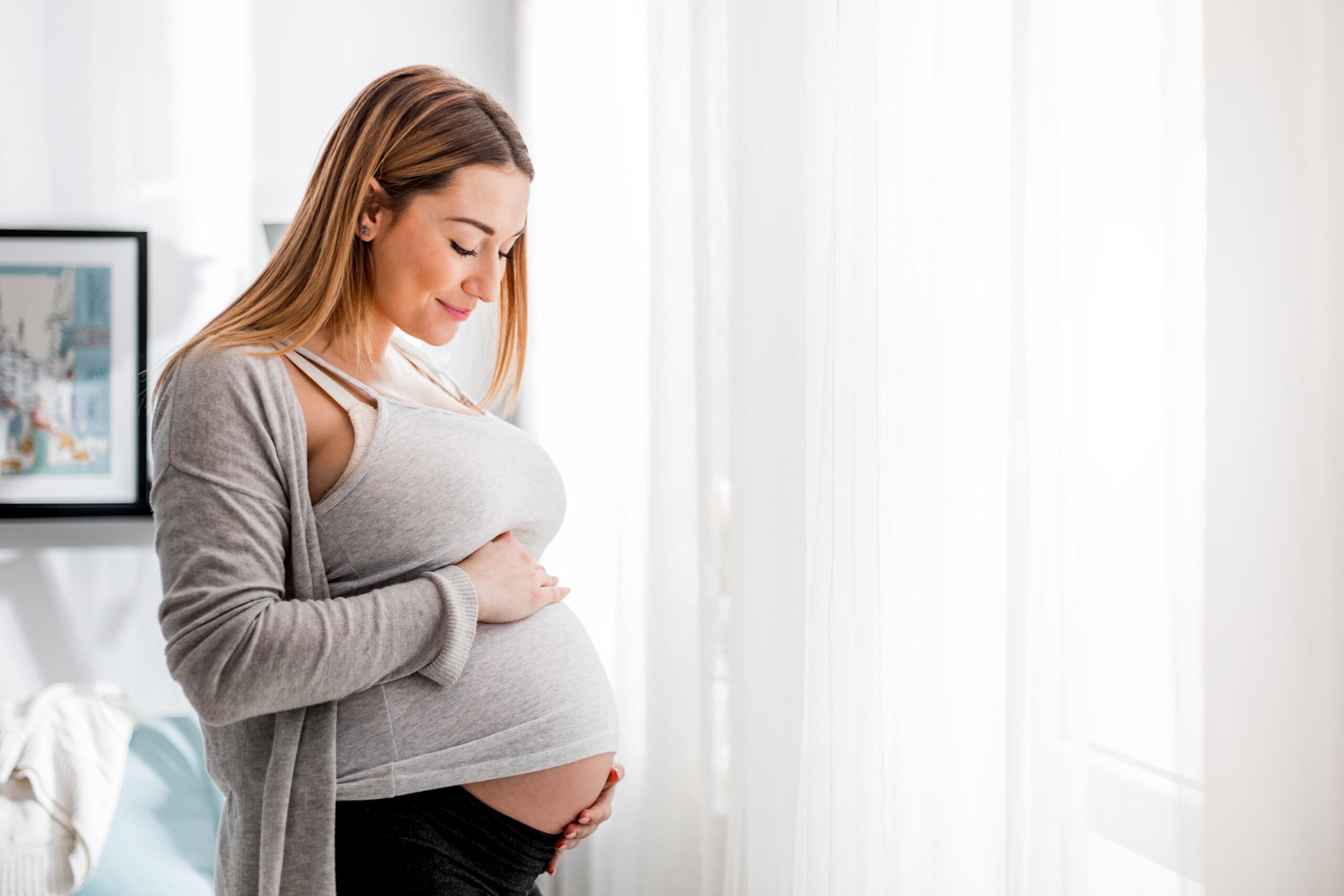
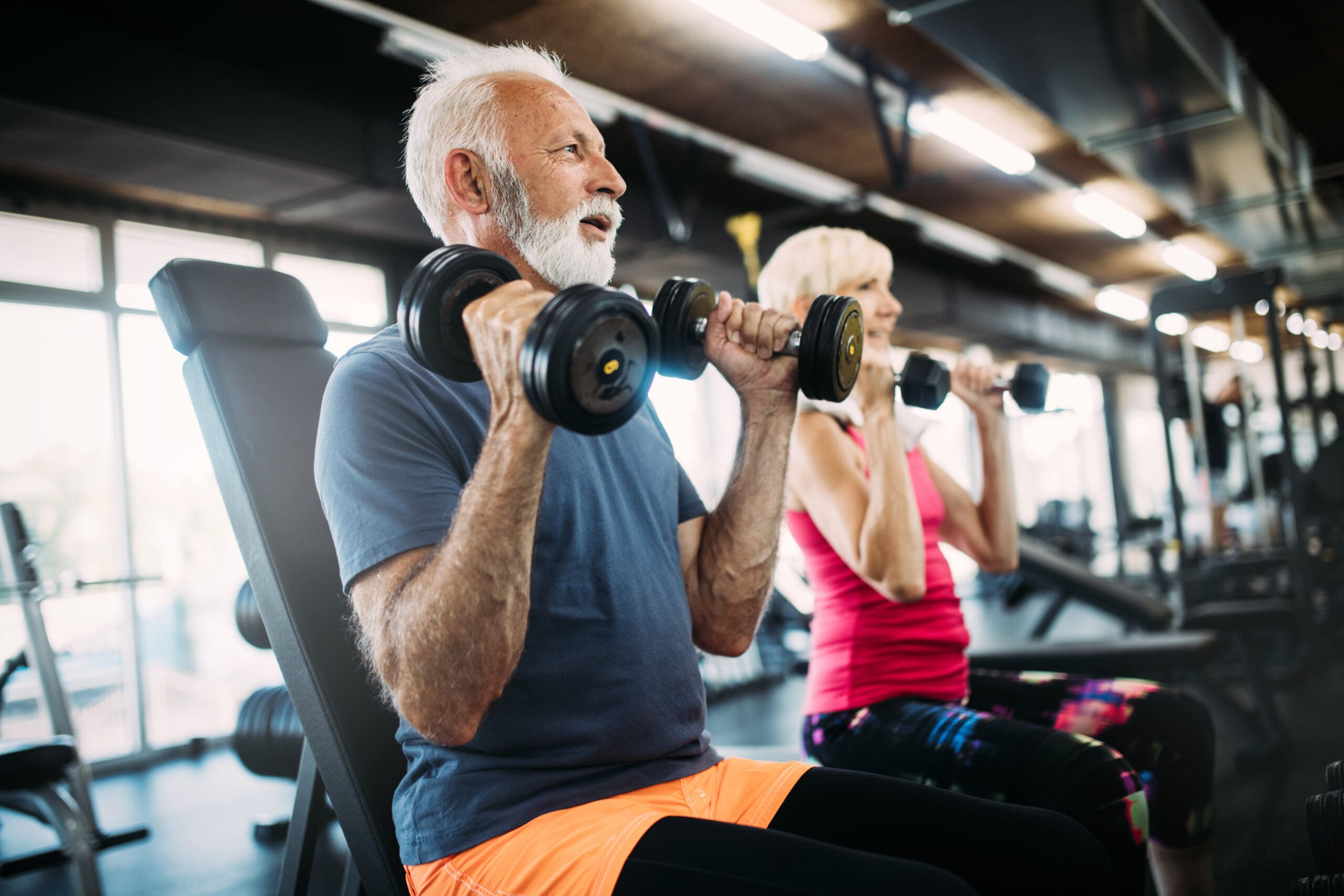
Leave A Comment